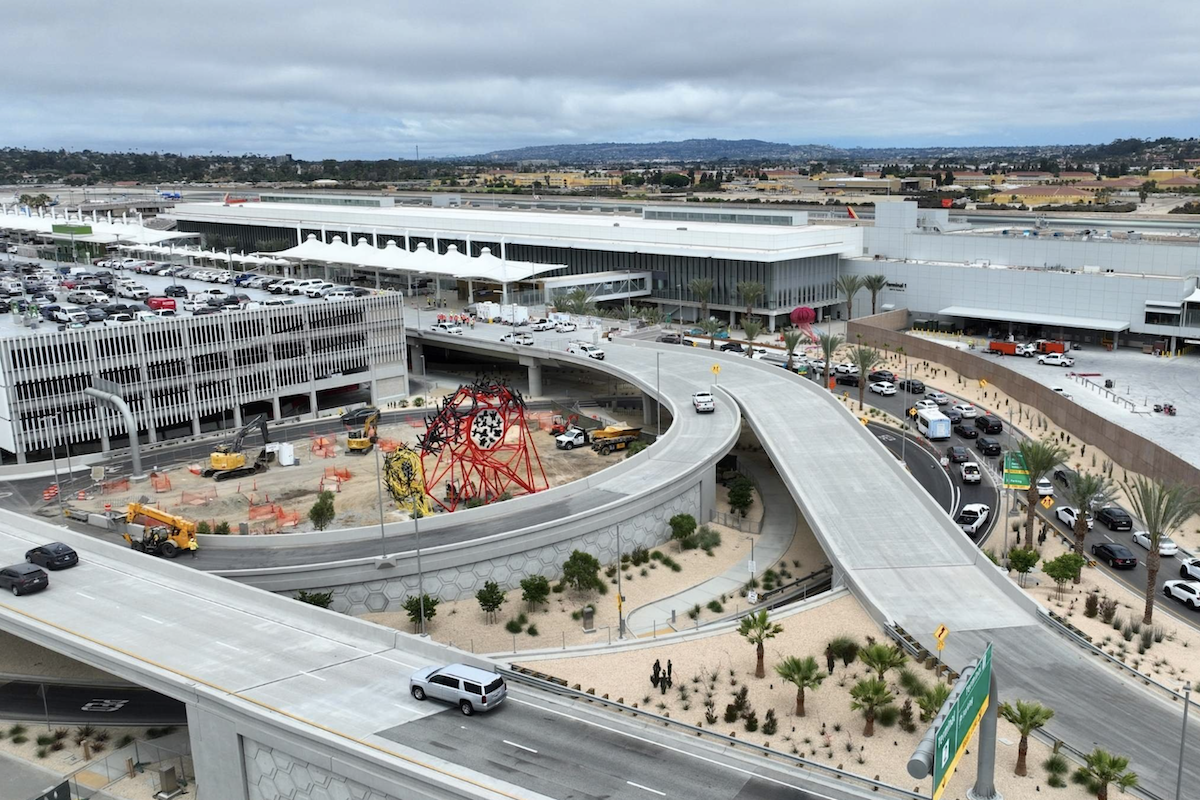The school was in the process of connecting an EV charging station to a cluster of ground-mounted solar panels located across campus, an investment that would boost grid resilience against outages and accommodate its growing number of EV drivers.
With the start of school just weeks away, Civil Engineer and Geophysicist Iko Syahrial was called to locate and map the underground utilities inside an 80-foot radius (about one tennis court’s length in every direction) for a safer path forward.
“The severed utility line was the only obstruction beneath the designated project area,” Syahrial said. “We also located multiple abandoned conduits that posed no risk to further construction activities.”
The process involved the use of five, non-destructive geophysical instruments, a standard operating procedure for subsurface utility engineering (SUE) evaluations that renders near-perfect depictions of underground utility networks.

| Your local Trimble Construction Division dealer |
|---|
| SITECH Southwest |
| SITECH West |
“There’s no silver-bullet solution that can ‘see and detect’ everything,” Syahrial said. “But through the strategic integration of multiple, specialized tools — each designed to address specific aspects of subsurface analysis — we enhance our ability to unveil a comprehensive and accurate depiction of the hidden complexities below the surface.”
It is the orchestrated collaboration of technology, Iko said, that brings clarity to the intricate subsurface landscape. In other words, each instrument covers the other’s blind spot, piecing together an accurate picture and understanding of the subsurface conditions in question. They include:
- Line Tracer: The passive mode identifies natural frequencies emitted by utility lines, such as the 60 Hz signal from electric power lines or radio frequencies from communication lines. The active mode actively induces a signal onto the utility line using a transmitter and receiver, enabling tracing of the line’s path, even if it does not emit a natural frequency (what Syahrial used to trace the rest of the nicked line).
- Ground-Penetrating Radar: Uses radar pulses to image the subsurface. Helpful in locating buried conduits made of both metallic and non-metallic materials such as PVC or HDPE.
- EM-61 (electromagnetic devices): A powerful metal detector that detects the presence of metallic objects by generating an electromagnetic field and sensing the responses caused by metal conductors.
- M-Scope (conductivity meter): Senses the conductivity of the materials, including soil. By detecting breaks in the homogeneity of the materials (discontinuity), it can be assumed that there is a possible underground line/object.
- Gradiometer: Measures variations in the Earth’s magnetic field, which can help identify subsurface anomalies or buried metallic objects.
Multi-method geophysical evaluations open projects to a wealth of insights that help inform safer construction activities.
The proactive involvement of SUE via geophysical methods in EV charging station projects is essential for the safe and efficient expansion of charging infrastructure, particularly for schools and institutions seeking to promote sustainability on their campuses.
By identifying and mapping underground utilities, these professionals mitigate risks, reduce construction costs, and support the growth of electric mobility, ultimately contributing to a more sustainable future.
The process took Syahrial approximately four hours, and it cost a fraction of what the school will end up paying in change orders.
“These types of accidents can almost always be avoided,” Syahrial said. “If you’re thinking about adopting EV charging infrastructure, determine the location of all underground utilities before you dig. It’s a budget-friendly way to save time — and lives.”




































































